Lambda Sensor: An Essential Component for Vehicle Emission Control
The lambda sensor, also known as an oxygen sensor, plays a pivotal role in modern vehicle emission systems. It measures the amount of oxygen in the exhaust gas, allowing the engine's control unit to optimize the air-fuel mixture for efficient combustion. Accurate readings from the lambda oxygen sensor are crucial for maintaining engine performance and adhering to environmental regulations.
Types and Applications of Lambda Sensors
There are various types of lambda sensors, including zirconia, titania, and wideband lambda sensors. Each type has its specific application and is selected based on the vehicle's requirements. For instance, the 4.9 LSU sensor is known for its fast response time and is commonly used in performance vehicles. Lambda sensors are typically found in the exhaust system and are categorized as either upstream or downstream sensors, with the upstream lambda sensor located before the catalytic converter and the downstream sensor located after.
Features and Materials of Lambda Sensors
Lambda sensors are constructed using high-quality materials capable of withstanding extreme temperatures and corrosive exhaust gases. The sensor's tip, often made from zirconium dioxide or titanium dioxide, is designed to generate voltage signals that correspond to the oxygen levels in the exhaust. The lambda probe oxygen sensor is engineered to deliver accurate readings to the engine control unit (ECU), ensuring optimal air-fuel ratios.
Advantages of a Functional Lambda Sensor
A fully operational lambda probe sensor is essential for maintaining the vehicle's fuel efficiency and reducing harmful emissions. Symptoms of a bad lambda sensor can include poor engine performance, increased fuel consumption, and emission test failures. Therefore, the cost of replacing a lambda sensor is often outweighed by the benefits of restored vehicle efficiency and environmental compliance.
Common Issues and Maintenance
Over time, lambda sensors can degrade due to contaminants such as oil or antifreeze, or simply from normal wear. Signs that you might be replacing a lambda sensor include erratic engine behavior or a lit check engine light. Regular maintenance, including using a lambda sensor cleaner, can prolong the sensor's life and ensure consistent vehicle performance.
Choosing the Right Lambda Sensor
Selecting the correct lambda sensor is crucial for vehicle compatibility and performance. For example, a Toyota Corolla lambda sensor may differ from a Mini Cooper lambda sensor in design and function. It is important to choose a sensor appropriate for your vehicle's make and model, ensuring proper function and longevity.



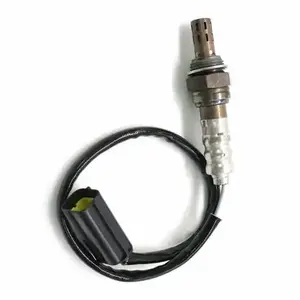


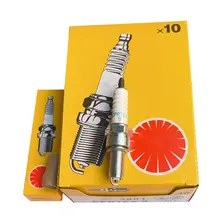
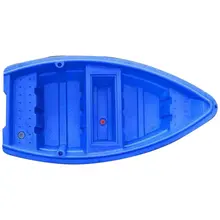
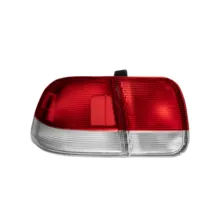
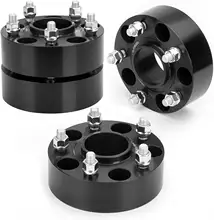
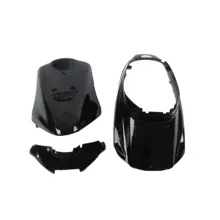
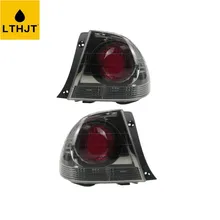


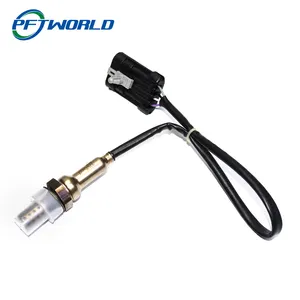


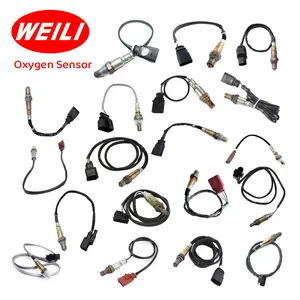
























 浙公网安备 33010002000092号
浙公网安备 33010002000092号 浙B2-20120091-4
浙B2-20120091-4